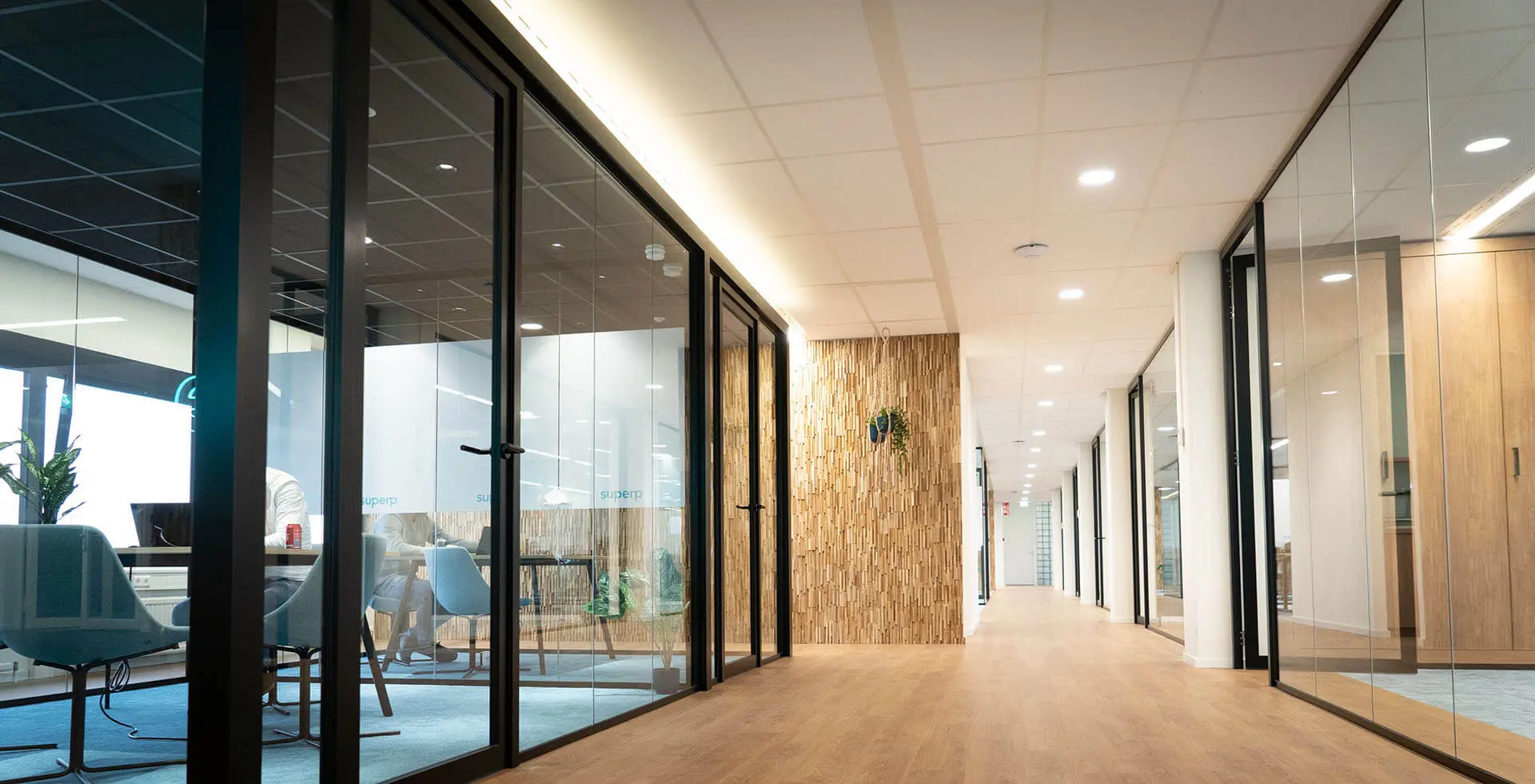Agile projects from A to Z
You are convinced of the advantages of low-code Mendix for SAP and want to develop a business application. But there’s a hitch – your organisational structure, team or approach does not quite fit with the development process. What can you do?
We are here to help
We personally work agile and are pretty flexible about it. So, it doesn’t really matter whether you adopt a project-based or portfolio management approach or if you are already familiar with agile. By adapting our methods in certain areas, we can make agile fit your way of working. We prefer to work with a team that is a mix of both our people and yours. A sure-fire recipe for better results and the best setup to ensure you won’t need us in the long term. By then, you will be able to do the work all by yourself.
Positive energy
Low-code Mendix is a match made in heaven with short cycles and iterative collaboration between developers and end users. By quickly generating value and achieving results, you create positive drive and energy. We adhere to PRINCE2 Agile best practices which combine the benefits of project-based and agile working methods. This ensures that timelines, budgets, objectives and the complex integration of other systems, teams and projects are not neglected.
Our approach
- Discovery meeting
We kick things off with an overall outline of the objectives and what the application needs to be capable of. Right from the start, the focus is on the end user. - Sprint 0
In-depth discussions zoom in on what we aim to achieve together. We then translate our findings into a concrete proposal for a customised Mendix application. - Proposal
We describe the functional requirements and overall architecture, including all necessary integrations and security. We also profile the development team and outline the first sprints and releases. - Create!
Now the objectives and the approach are clear, we can get on with creating the application. We do that on the basis of scrum, with fortnightly sprints during which the team delivers the results.
The winning combination: MxBlue and your organisation
What makes a dream team? A blend of people from MxBlue and from your own organisation. It is possible for one person to take on several roles, and roles can be performed on a full-time or part-time basis. How are the teams picked? That really depends on what is needed for a successful development process.
- Product Owner
Represents the end users who will use the application. A particularly important role as our ultimate goal is to always create a solution that makes work easier and more fun. - Subject Matter Expert
An employee from your organisation with extensive knowledge of business processes relevant to the app. - Scrum Master
Ensures the scrum process runs smoothly and effectively. Often has more than one role within the team. - Mendix Engineer
Our makers who build the application with the Mendix low-code platform as the basis. - QA/Test Engineer
Quality control is an integral part of the entire development process and not just something we focus on at the end of the project. Our QA also ensures that the application does exactly what we set out to achieve. Read more about Mendix QA/testing - UX Designer
In addition to designing the look and feel of the application, the UX designer creates the optimal user experience. We design a prototype early on in the design process. This means you have ample opportunity to provide feedback. Read more about Mendix UX/UI design - (Agile) Project Manager
In addition to the development process itself, there are many other aspects involved in building an application. The project manager takes care of managing budgets, timelines and dependencies on other teams or projects and phasing out legacy systems as well as risk and stakeholder manageme This means the rest of the team can fully focus on the build.



